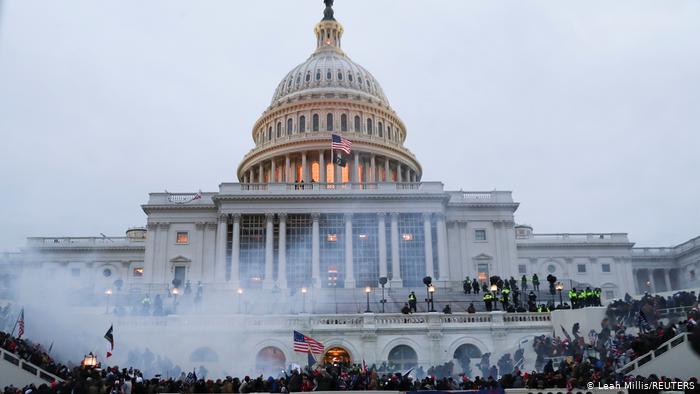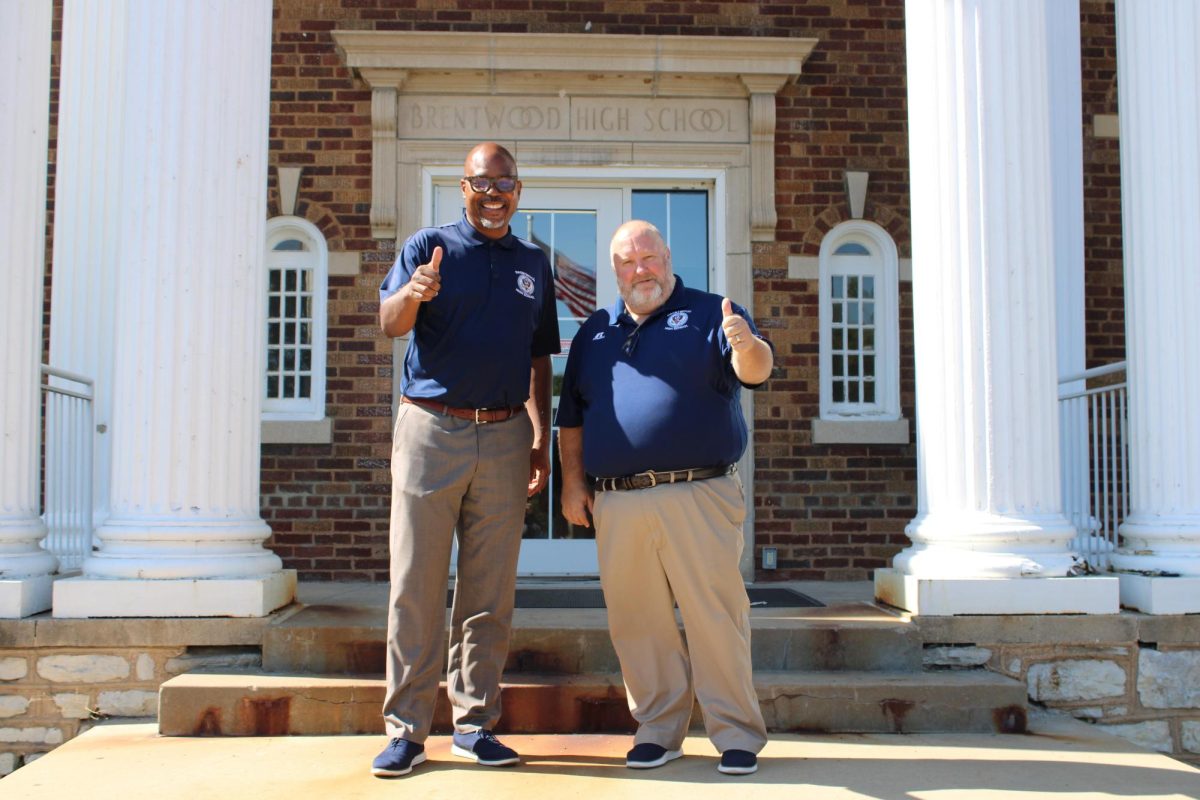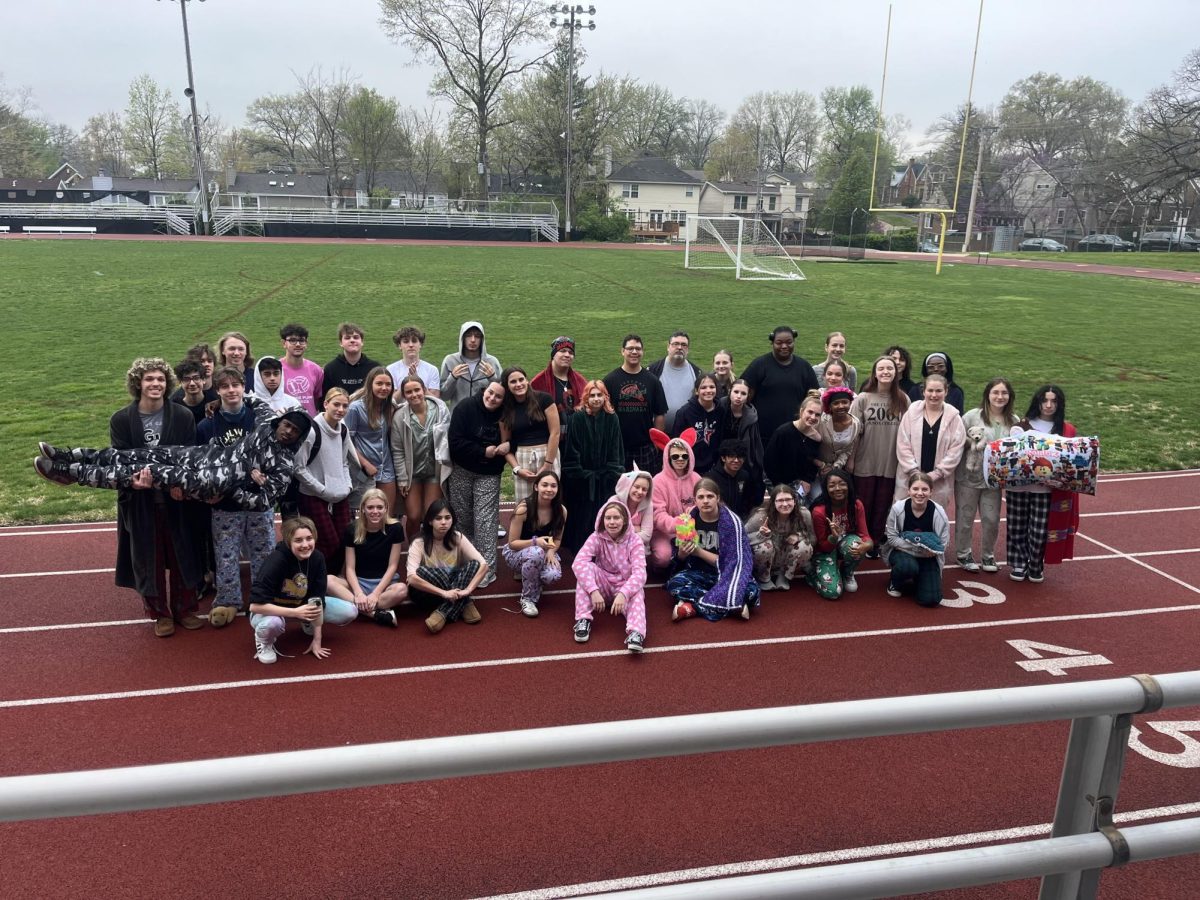January 6th marks one of the most historic days in the Trump Presidency. The same day that the makeup of the senate drastically shifted, chaos occurred in the nation’s capital. After a fiery speech by President Trump in which he reiterated the debunked claims of fraud within the 2020 general election; thousands of his protesters marched to the capitol building to disrupt the special joint session of Congress in which members of both houses were voting to approve the electoral college’s confirmation of president-elect Joe Biden.
In his speech, President Trump encouraged his supporters to march to the Capitol, many of whom took this as justification for storming the actual building. This sentiment spread quickly on conservative social media sites. In the early afternoon, the large crowd of protesters transitioned into a riot, forcing their way through capitol police officers and into the building.
As rioters entered the building, members of Congress were in the middle of one of the final steps in the confirmation of Biden as president-elect. They sought to disrupt or even stop the proceedings as Trump had encouraged Congress to do. Legislators from both the Senate and the House either evacuated or were sent into lockdown in their offices while police failed to contain the situation for many hours.
One woman who stormed the building was shot by D.C. municipal police as she attempted to climb through a window; she was rushed to the hospital and died due to her injuries. Three other rioters who were not shot died during the day, likely due to interactions with the municipal and Capitol police departments. Over 60 protesters were arrested over the course of the day, many of them due to curfew violations.
Hundreds of other protesters, however, were allowed to leave without any legal action taken against them. After hours spent chanting, fighting with police, and vandalizing the building, the rioters were allowed to leave due to the curfew put in place by D.C. mayor Muriel Bowser.
Many people across news sites and social media posts have compared the rioters in the Capitol against the November 3rd election to the Black Lives Matter protesters who have marched en masse over the last year against the police murders of black people across the country. Images of peaceful marches facing off against officers in riot gear, firing tear gas, and beating protesters have been positioned next to the relatively tame images of the capitol rioters breaking into the offices of legislators and taking things from the congressional chambers with little repercussion.
The past few years in this country have been turbulent, to say the least. Frequent disasters, acts of terrorism, mass shootings, large scale demonstrations, and a historic pandemic have likely desensitized many Americans to the events that took place in D.C. Regardless of political leanings or ideological preferences, Tuesday’s siege on the capitol building was at its core a direct disruption to Democracy. And while it may have been a failed attempt, it sets a dangerous precedent for the future of popular sovereignty and peaceful transitions of power.
The images from inside and outside of the building were reminiscent for many people of the uprisings, coups, and other forms of violent dissent that U.S. citizens often look to as examples of countries in disorder.
Encouraged by President Trump and many Republican legislators, dissent against a free and fair election unsurprisingly turned violent. Multiple Democratic legislators have now encouraged Mike Pence to invoke the 25th amendment to the constitution, which would remove President Trump from office. This has been suggested because of Trump’s since-deleted tweets, which many saw as encouraging the violent attack on the Capitol. Trump has since made several statements dissuading any further violence and encourages all protesters to express their feelings peacefully.
The coming days will define the legacy of the Trump administration and those who have vehemently supported him. How they choose to act and respond to the violent destruction of life and property will forever represent Trumpian leadership. It is hard to say what precedent these events have set for the future of American Democracy.















